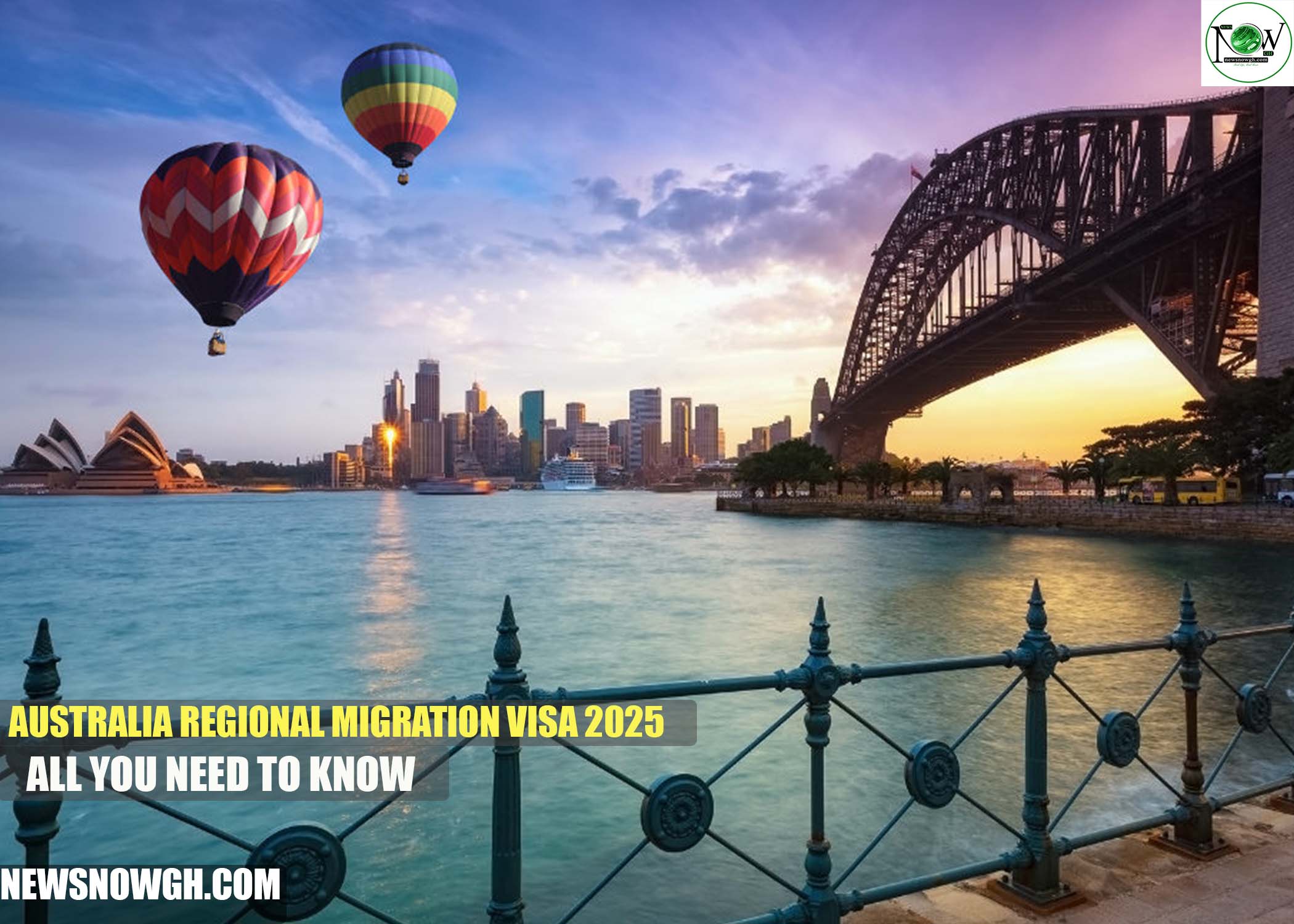Australia Regional Migration Visa 2025: All You Need to Know | Australia Visa Update
Australia’s regional migration visa program encourages skilled workers to settle outside major cities like Sydney and Melbourne. These visas offer lower living costs, better lifestyle opportunities, and a direct path to permanent residency. The government actively promotes migration to regional areas, providing various visa pathways to support this initiative.
Types of Regional Visas
1. Subclass 491 – Skilled Work Regional (Provisional) Visa
This visa allows you to live, work, and study in designated regional areas for up to five years. To qualify, you need a nomination from a state or territory or sponsorship from an eligible regional relative. After three years, you can apply for permanent residency through the Subclass 191 Visa.
2. Subclass 494 – Skilled Employer Sponsored Regional (Provisional) Visa
This visa requires a job offer from an employer in regional Australia. You must have at least three years of work experience in the nominated occupation. Your employer must also be an approved sponsor. This visa provides a pathway to permanent residency.
What Counts as Regional Australia?
Regional Australia includes all areas outside Sydney, Melbourne, and Brisbane. Cities like Adelaide, Perth, Hobart, and Darwin qualify as regional, offering urban amenities without the high costs associated with larger cities.
Why Consider a Regional Visa?
- Easier Entry Requirements: Regional visas typically have lower eligibility criteria compared to standard skilled migration visas.
- Faster Processing Times: These visas receive priority processing, reducing overall wait times for applicants.
- Lower Cost of Living: Housing, transportation, and daily expenses are significantly cheaper in regional areas than in major cities.
- Pathway to Permanent Residency: Living and working in a regional area for three years makes you eligible for permanent residency.
- More Job Opportunities: You will face less competition in certain fields, with higher demand for skilled workers in regional areas.
Application Process
- Check Your Occupation: Ensure your profession is on Australia’s Skilled Occupation List for regional visas.
- Obtain a Skills Assessment: Verify your qualifications and work experience with the relevant Australian authority.
- Submit an Expression of Interest (EOI): Apply through Skill Select, where a state, territory, or employer can nominate you.
- Secure a Nomination or Sponsorship
- 491 Visa: Requires nomination from a state or territory or sponsorship by an eligible relative.
- 494 Visa: Requires an employer to sponsor you.
- Apply for the Visa: Submit your visa application along with all required documents. Processing times may vary.
Common Questions & Misconceptions
1. Do I Have to Stay in a Regional Area Forever?
No. For the 491 Visa, you must live and work regionally for three years before applying for permanent residency. After that, you can move anywhere.
2. Is Regional Australia Just Farms and Small Towns?
Not at all. Many regional cities offer vibrant lifestyles, good restaurants, nightlife, and career opportunities.
3. Can I Bring My Family?
Yes. Your partner and children can accompany you under the same visa conditions.
4. What Happens if I Lose My Job?
- 491 Visa: You must find another job in a regional area.
- 494 Visa: You may need to find a new employer sponsor or switch to a different visa.
Conclusion
Migrating to regional Australia offers more than just a visa; it provides a chance to build a new life. Enjoy a better work-life balance, lower costs, and strong career prospects. With government incentives and easier pathways to permanent residency, regional visas present an excellent opportunity for migrants.
If you’re considering a fresh start in Australia, a regional visa could be the ideal choice for you.
Follow us on NewsNowGh.com to stay updated on the latest information regarding work permits, visas, and visa-sponsored employment.


